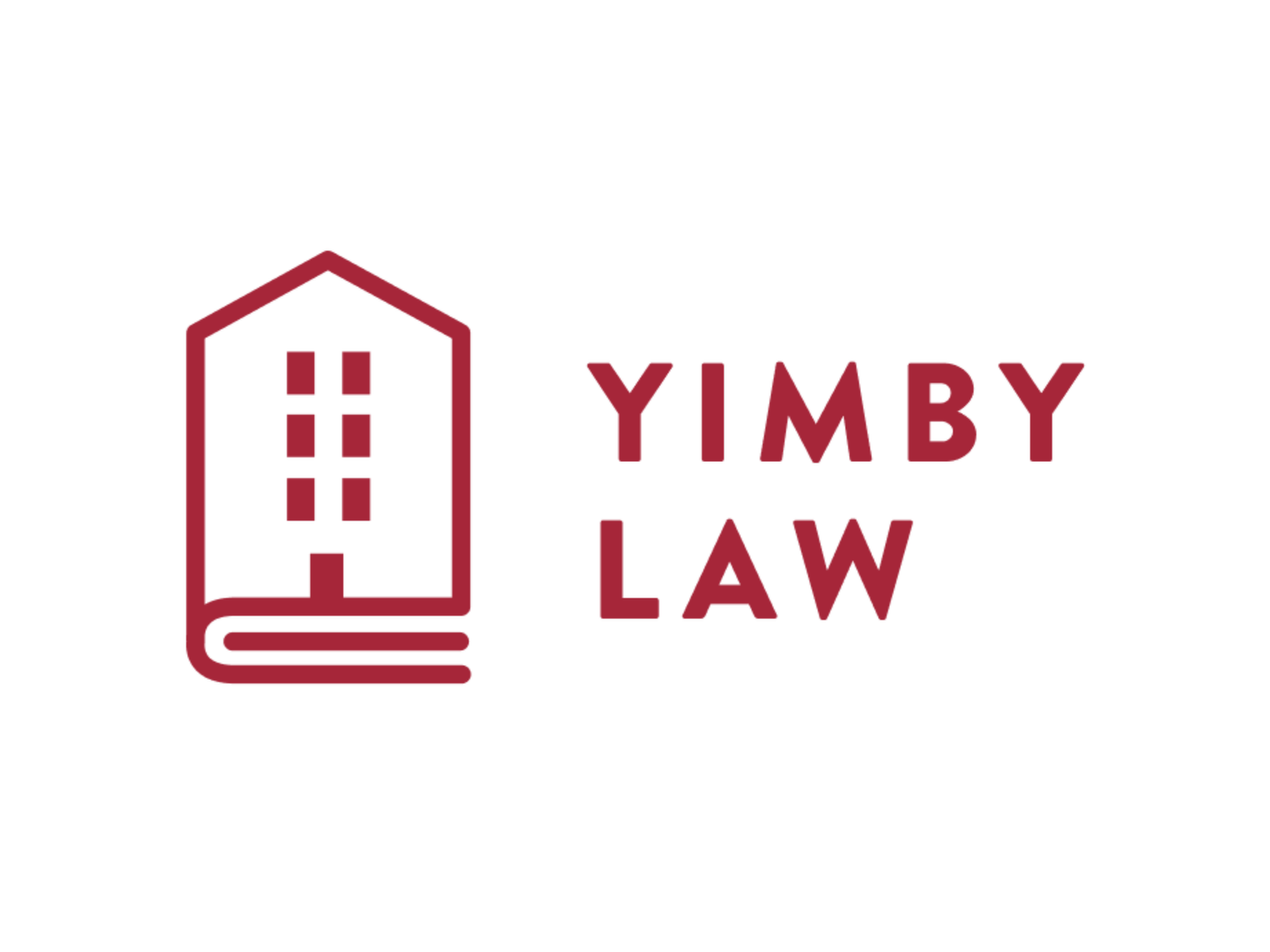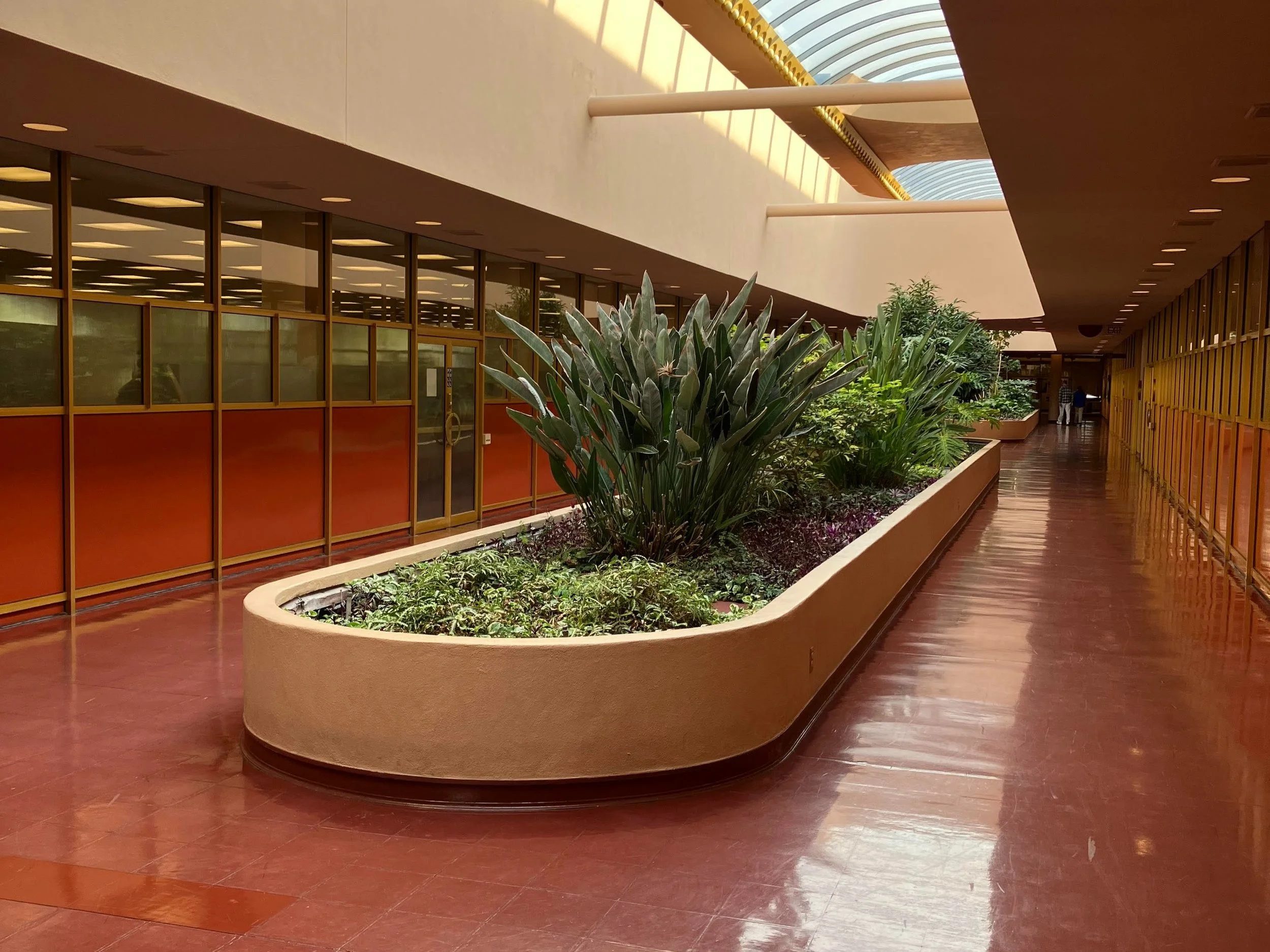One Does Not Simply Sue the Government
/To a lawyer, it feels dissonant for freshly filed lawsuits to make the news. Filing suit isn’t even close to getting a judgment. Here’s a look behind the scenes of filing—and serving—a YIMBY lawsuit.
Sue for What?
YIMBY Law sues to legalize housing, but how courts can legalize housing isn’t so clear. We believe that “[s]eparate [housing laws] are inherently unequal,” but exclusionary zoning is entrenched in the law. (Compare Brown v. Bd. of Educ. (1954) 347 U.S. 483, 495, with Vill. of Euclid v. Ambler Realty Co. (1926) 272 U.S. 365.) It hasn’t even been eight years since the Supreme Court of California went out of its way to defend apartment bans, lot-size minimums, setback requirements, height limits, and other “aesthetic restrictions” against constitutional challenges. (Cal. Building Indus. Ass’n v. City of San Jose (2015) 61 Cal.4th 435, 455, 462 [dicta].) The legal deck is still stacked against housing.
-
“Dicta” is legalese for “not essential to the holding.” All judicial opinions contain dicta; to call a passage “dicta” is to argue that a court can steer around it without disregarding precedent. For example, the U.S. Supreme Court’s statement that “the apartment house is a … parasite” (Euclid, 272 U.S. at 394) was dicta; the Court’s holding in Euclid was merely that zoning is presumptively constitutional. (See id. at 395.) So in Building Industry v. San Jose, the court’s approval of lot-size minimums is dicta, because the court could have upheld inclusionary zoning without it.
For now, housing elements are the law we have to work with. We knew in November that at least 33 Bay Area jurisdictions, having failed to draft a housing element by then, had locked themselves in for a zoning holiday. These local governments made themselves easy targets. We don’t (yet) have the staff to sue all 33 at once, but with a popular movement calling for housing and so many cities failing to plan for it, we had to sue a few.
Palo Alto and Cupertino, You Got Served
We’ll skip ahead to the fun part before we kvetch about the boring parts farther below. The week before last, star watchdog Anne Paulson served process on Palo Alto and Cupertino. The respective homes of a world-class university and the world’s most valuable company both failed to plan for housing in time, and we’re suing each of them with our friends at the California Housing Defense Fund.
The first thing that has to happen after a lawsuit is filed is to let the defendant know they’ve been sued. Some people really don’t want to show up for court, and for a court to enter judgment against a defendant who’s not there, it’s important that a third party can testify the defendant knew they’d been sued. That’s where process servers come in. Serving process is a real, even movie-worthy, niche in the legal industry.
As a Hollywood depiction of legal practice, Pineapple Express does a much better job than Suits. Creative costumes and workplace ambushes really happen in real life. Even the state Judicial Council encourages self-represented litigants to “[b]e creative!!!” in serving process.
-
It’s not the best practice, but maybe! The more glaring fiction in that clip is that a real-world surgeon would not be served in the operating room. But serving process would have been a good career choice for a stoner in 2008. In the rare instances when a process server gets called to testify, the defendant will be claiming “I never saw Dale Denton,” not “Dale Denton was high.” The second claim, implying that the defendant saw Dale Denton, would backfire.
For a mind-blowing SCOTUS case upholding the verdict of a drunk, stoned, coked-out jury, see Tanner v. United States, 483 U.S. 107 (1987).
Almost anyone can serve process. The only legal requirements are that the process server be over 18 and not a party to the case. There’s an American tradition of engaging the public in court cases, and we’re bringing it back. In Democracy in America (1835), Alexis de Tocqueville commented that “the jury in civil cases … communicate[s] the spirit of the judges to the minds of all the citizens; and this spirit, with the habits which attend it, is the soundest preparation for free institutions.” We agree: the law is for people. Jury trials aren’t as common as they used to be, but any lawsuit can still use a process server.
We’re proud to have our cases show there’s a movement for housing to be legal.
ALL THE Rules About Enforcing the Rules
Now for the boring parts. Lawsuits require a lot of unglamorous work to file, especially in California.
Most of the country operates on some version of the Federal Rules of Civil Procedure. The federal rules have been in place, with relatively few substantial changes, since the 1930s. Every reputable law school teaches them, and most states mirror them with minor variations. As a common language for American litigators, the federal rules have been a success.
But the four states with the most lucrative legal markets—California, Illinois, New York, and Texas—don’t track the federal rules. This imposes a learning curve on lawyers from out of state. (One hopes this is for reasons other than fencing out competition, but that’s none of our business. 🐸🍵)
California has a special set of rules for so-called “writ proceedings,” which our housing-element lawsuits are. Writs are archaic—even Illinois has abolished them—and we’re as confused as you are as to why California has two different kinds of lawsuits. The Code of Civil Procedure says there’s only one kind of lawsuit, and yet regular lawsuits start with a “complaint” while writs start with a “petition.” Complaints are served with a summons while petitions are served as a summons. Petitions must also be verified, which triggers a special court rule for electronic filing of signed statements made under penalty of perjury. This last bit isn’t unique to California, but it too adds complexity: lawyers must know and follow the state court rules, which aren’t the same as the rules of civil procedure. Capisce?
Each superior court maintains a set of local rules, too. It’s not uncommon for local rules to contradict themselves or go unobserved in practice. For attorneys filing their first lawsuits in a new venue, there’s an art to navigating all this confusion.
These situations can often be resolved with a phone call to the clerk’s office. For example, Marin County Rule, General 1.51 would suggest that electronic filing is mandatory, while the court’s website implies that paper filing is mandatory. In reality, the court is transitioning from a paper to an electronic system, and initial filings are still done with paper, but the anachronistic two-hole punch and stapling requirements are no longer enforced (despite what the website and the state court rules say). The clerk’s office cheerfully explained all this in a five-minute phone call. Your correspondent has no real objection to this confusing but ultimately humane way of running a court. It was even fun to visit the county’s Frank Lloyd Wright-designed courthouse in order to file suit.
Other courts, however, have slipped from underfunded to unreachable. This is the case in Santa Clara County. We don’t enjoy airing this criticism, and in fairness to the court, its website is quite good. Your correspondent’s sister once worked for a federal court, and we appreciate how much lazy lawyering court clerks confront. But it is impossible to telephone a human in the clerk’s office of the Santa Clara County Superior Court.
Recall that California has different rules for petitions and complaints. We had heard, from a Santa Clara County practitioner who’d had a civil lawsuit notice rejected, that Local Civil Rule 1E (requiring civil lawsuit notices) does not apply to petitions. But the text of the rule suggests nothing to that effect. Wanting to confirm we understood the local rule correctly, we called the clerk’s office, again and again. We tried for hours, and got routed back to the main menu or disconnected every time. The court’s designated email for local rule questions hasn’t responded to us after 18 days, either. Your correspondent got some guidance by taking an afternoon to visit the clerk’s office in person, and it’s still not clear to us when or why the civil lawsuit notice is necessary. The more reachable county courts don’t require them.
We can take our time on all this because we’re a nonprofit, but this degree of opacity would inflate the cost of a private lawsuit by more than $1,000. We need simple rules that real people can understand. Here’s to the real people: we’re grateful to Anne, the city clerks, and the court clerks we’ve interacted with for helping us make law happen. We’ll get the housing we need eventually.


